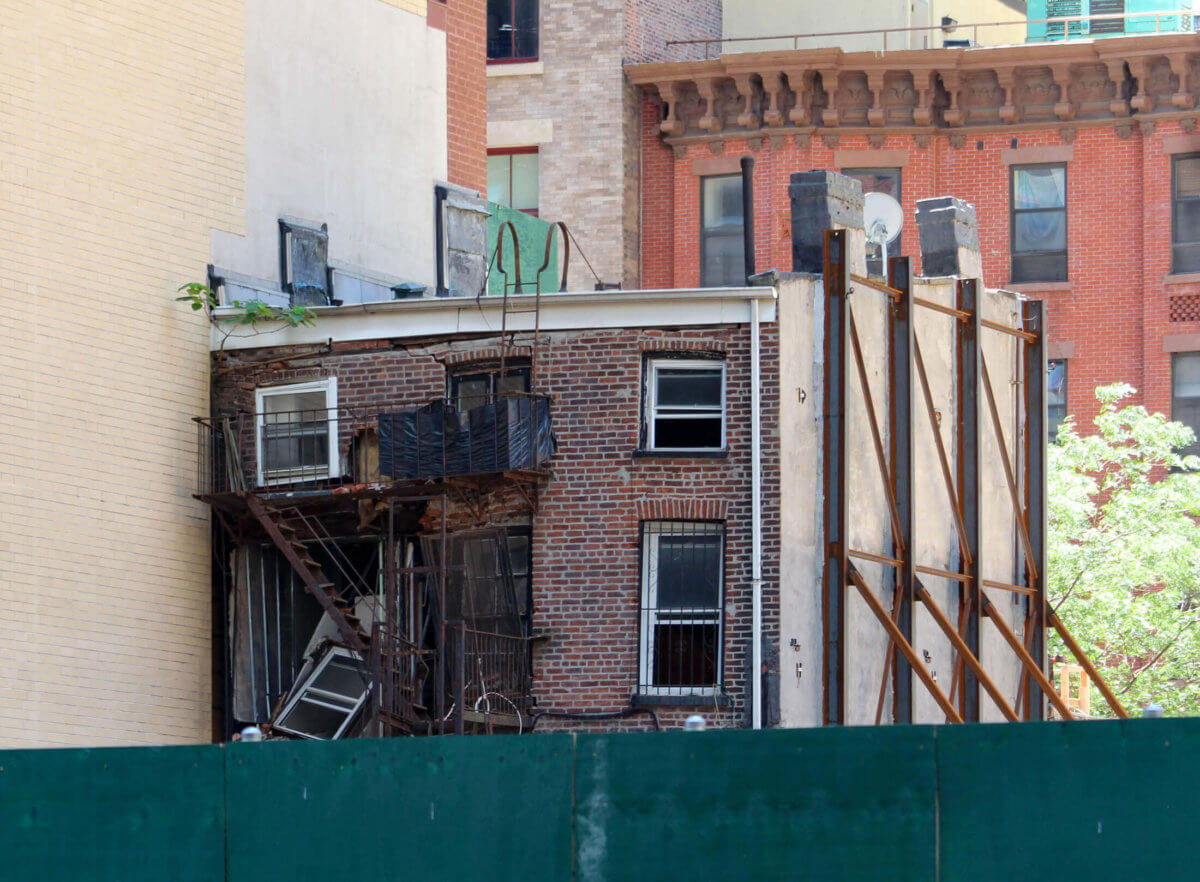Hey Pal, Where Can I Wash a Train Around Here?
Hanging about and walking around Queens with a friend one afternoon last summer, our path carried us up Skillman Avenue and past the gargantuan Sunnyside Yards. Luckily, something I’d been trying to catch, as it happens, began to happen when Amtrak 934 sauntered into view. From Wikipedia: The Pennsylvania Railroad (PRR) completed construction of the yard in…

Hanging about and walking around Queens with a friend one afternoon last summer, our path carried us up Skillman Avenue and past the gargantuan Sunnyside Yards. Luckily, something I’d been trying to catch, as it happens, began to happen when Amtrak 934 sauntered into view.
From Wikipedia:
The Pennsylvania Railroad (PRR) completed construction of the yard in 1910. At that time Sunnyside was the largest coach yard in the world, occupying 192 acres (0.78 km2) and containing 25.7 mi (41.4 km) of track. The yard served as the main train storage and service point for PRR trains serving New York City. It is connected to Pennsylvania Station in Midtown Manhattan by the East River Tunnels. The Sunnyside North Yard initially had 45 tracks with a capacity of 526 cars. The South Yard had 45 tracks with a 552 car capacity.
It turns out that there is an entire industrial sector for whom the manufacture and maintenance of “train washes” is a focal point. It also seems to be the case that having a shiny clean locomotive pays a dividend in terms of aerodynamic drag and that the cleaner your train is, the more efficiently it runs.
From Wikipedia:
The AEM-7 is a twin-cab B-B electric locomotive that is used in the United States on the Northeast Corridor between Washington DC and Boston and the Keystone Corridor between Philadelphia and Harrisburg in Pennsylvania. They were built by Electro-Motive Division from 1978 to 1988. In the Boston Mechanical Department of Amtrak they are known as “Meatballs” and in the Washington Mechanical Department they are known as ASEAs since some of their major parts and components were designed in Sweden by ASEA (Allmänna Svenska Elektriska Aktiebolaget; translation: General Swedish Electrical Inc), which merged with Brown Boveri in 1988 forming ABB. They are also referred to as “toasters” by railfans, owing to their boxy appearance.
One is informed by railfans that once upon a time, this was a tedious task accomplished by a sizable crew of laborers, who used pole mounted brushes to clean away the grime. The “modern” system (the unit pictured is somewhat archaic by 2013 standards) is far more efficient and highly automated.
Fundamentally, it’s the same process that happens when you wash your car, except for scale. The train rolls past water jets and a system of rotary brushes which chip away the patina of dead insects and grime which are picked up during normal operation.
This train wash is nothing new, of course, and has been on my radar for awhile. Were my methodology the same that is employed by most photographers, I would have just lingered around this spot patiently until I got my shots, but that’s not how I roll.
Instead, if it’s not happening while I’m passing by, it might not have happened at all for all I care. You can’t force Queens into revealing herself to you, instead, you must trust in serendipity and that she will position you in the right place and at the right time.
Newtown Creek Alliance Historian Mitch Waxman lives in Astoria and blogs at Newtown Pentacle.














What's Your Take? Leave a Comment